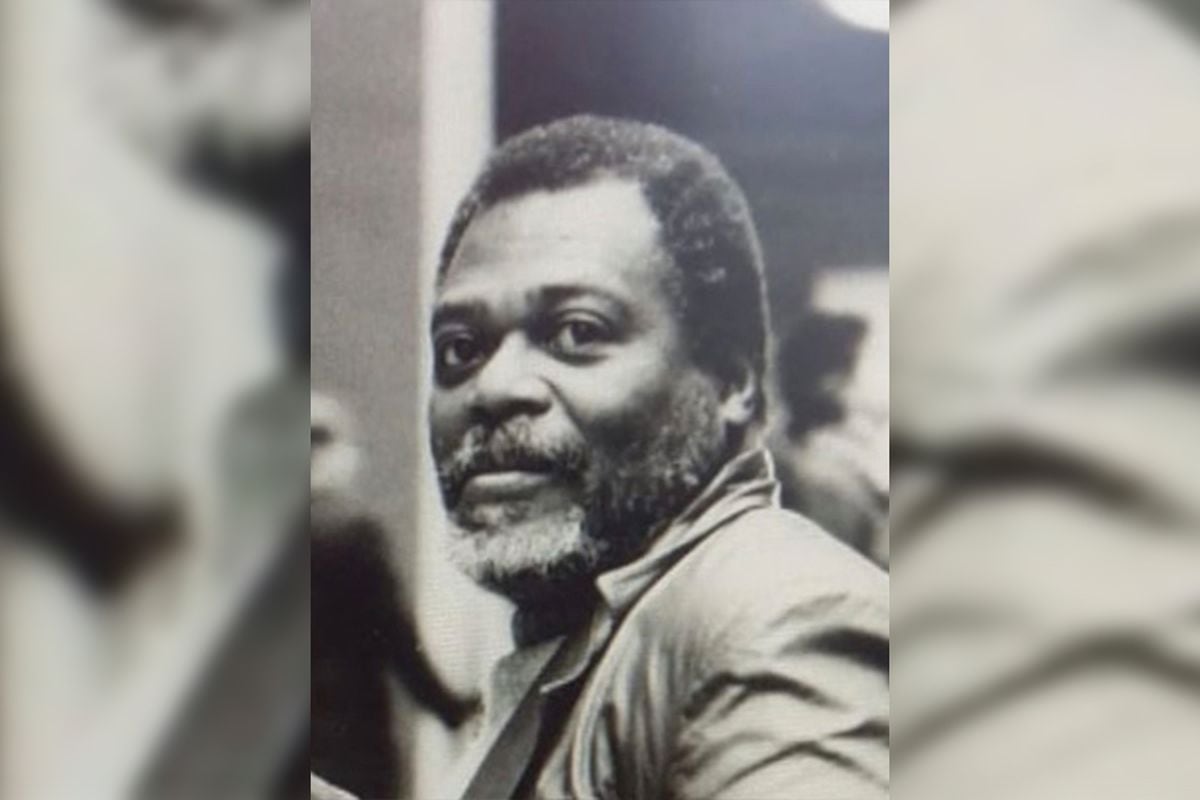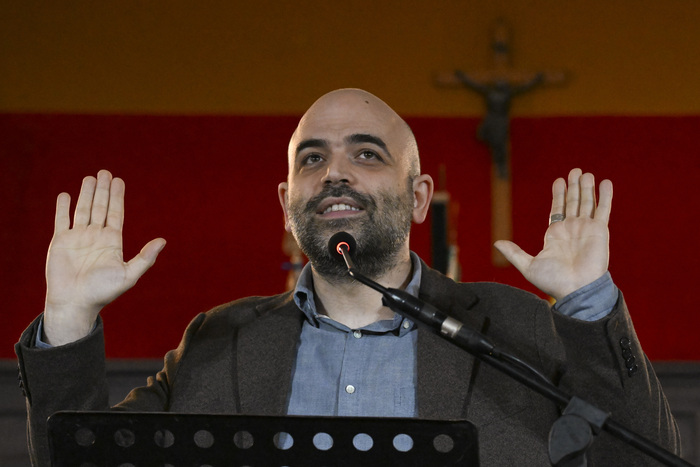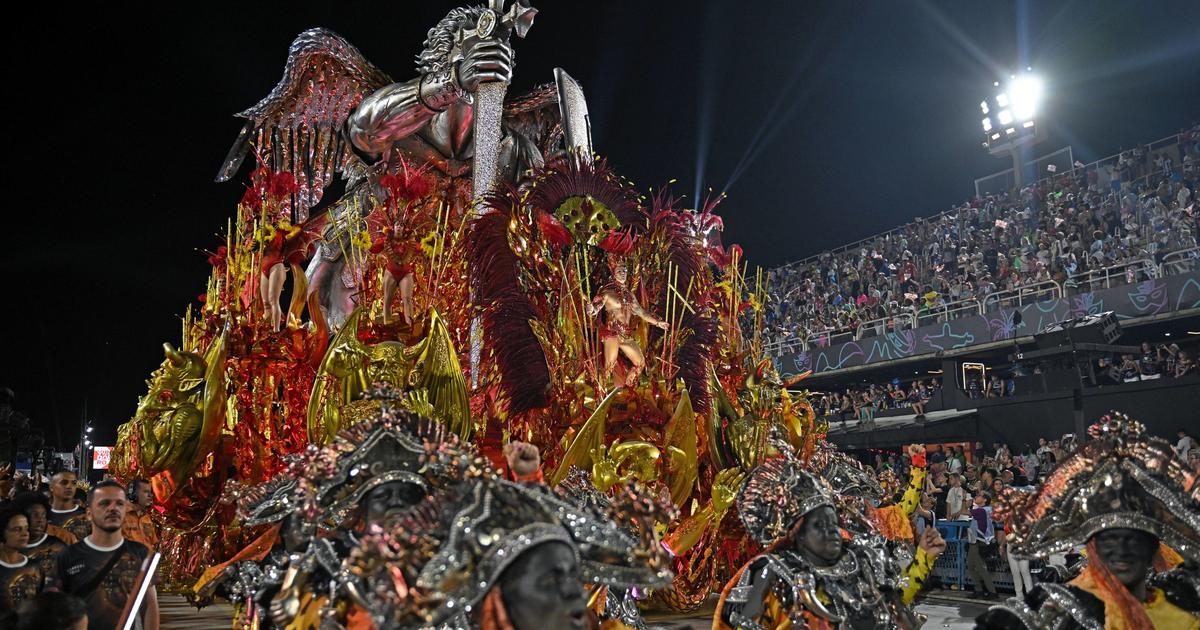The African, later considered an icon, is initially demoted to an object. He was "tall, strong, well nourished," his hair "shiny brown-black, almost completely arranged in small tight spirals," the lower lip "a little reddish." This is how an official report is posted after an anthropologist examines the man from overseas. "No. 76" is emblazoned above the note, illustrated with shots of his head, from the side, from the front. Prussian pedantry.
In the summer of 1896 Martin Dibobe, son of a duala chief in Cameroon, is to settle a human zoo in Treptower Park with about a hundred other Africans. The 19-year-old was shipped to Berlin on a steamer of the Woermann line, whose colossi run between the empire and the colonies.
His fellow sufferers were also ordered from protected areas that had conquered Prussian military, from Cameroon, Togo, Tanzania and Namibia. Among them are Swahili, Maasai and Ewe, Herero and Nama. They are greeted with body searches in the service of racial research.
photo gallery
12 pictures
Black Prussian Martin Dibobe: A pattern migrant, but not a brave subjectThe Berliner Völkerschau is the state-sponsored "German Colonial Exhibition" and aims to put the Germans in an imperialist fever. The belated nation is very proud of their colonies and wants to measure their powers with prospering great powers like Great Britain or France. More than seven million visitors finally "gawk" who live in a hut village made of wood and straw and stage "Hottentot caravans" during the day.
Also "No. 76" has to fool African everyday life, abused as an exotic exhibit of a freak show. It is Martin Dibobe's initiation experience - then he goes an extraordinary way. The "Schauneger" beats roots. In the capital of the racist empire, he develops into a personality that is celebrated today as a pioneer of black self-empowerment.
Fast ascent to the platoon leader 1st class
Martin Dibobe is rising, both professionally and socially. He first becomes a craftsman, then a platoon commuter of the Berlin subway. Later, he argues as a political avant-gardist for the emancipation of his homeland and marries a German woman in between. Katharina Oguntoye, a Berlin historian and activist who explores African migration, praises him as a role model and inspiration.
His life: a discovery. Meanwhile, the inventory of colonial past has become a trend in historical science. For example, an exhibit in the German Historical Museum commemorates the crimes of German colonial rulers, such as the genocide against Herero and Nama, with a hippopotamus whip and a machine gun as memorial. The descendants of these two peoples in what is now Namibia have sued the German government for compensation because of the massacres in 1904.
South West Africa: "Violence with blatant terrorism is my policy"
This image plate by Richard Knötel shows "Our Protection Forces in Africa" - the police forces of the old German colonies (around 1900). The cute uniforms can be deceiving: The Empire subjugated African countries without mercy. The cruelty of the German occupiers did not lag behind that of colonial powers like England or France.
Brutal mass murderer: "I destroy the insurgent tribes with streams of blood and streams of money," said Lieutenant General Trotha, sitting here in 1904 in the middle in Keetmanshoop. In 1904, in the German Southwest African colony, he defeated the rebellion of the Herero and was responsible for the first genocide of the 20th century.
Signature in the Federal Archives: Picture 183-R27576
To the digital image archive of the Federal Archives
German colonist: A farmer rides a cattle - the Germans had settled in 1883 in southwestern Africa. The more settlers arrived, the more aggravated the struggle for land on which agriculture could be operated.
Herero chief Bandju (1895): The Germans bought off the leaders of the Herero Land, initially at ridiculous prices. Large estates were also appropriated by fraud or by driving the natives into debt bondage.
Herero chief Kambazembi with relatives (circa 1895): Often locals were arbitrarily shot; the Germans regarded black women as fair game. But then the Herero coveted and decided to rebellion. Native blacks who resisted their oppression did not fit in with the colonial world.
Prisoner Herero (1904): The Herero were largely disenfranchised, their land became more and more in the possession of the Germans. The livelihood of the shepherd tribe faded, but their anger grew. On January 12, 1904 began her rebellion against the German colonial rulers.
A pen lithograph shows a raid by Herero on a detachment of the German Schutztruppe. In January 1904, most colonists were quickly expelled from their farms and destroyed numerous offices of the German administration.
Before the Battle of the Waterberg: The 2nd Marine Field Company is to draw in the battle against the rebellious Herero and is blessed on this recording of 1904. Around two thirds of the Herero people died in the Battle of Waterberg and the subsequent expulsion to the Omaheke Desert.
Colonial violence: "To practice violence with blatant terrorism and even cruelty was and is my policy," Trotha declared in 1904. He brutally defeated the Herero rebellion - "he wanted their total annihilation," recalled the officer Ludwig von Estorff.
Cruel Germans: In 1904, German soldiers in southwest Africa hung prisoners on charges of espionage. Lieutenant-General Trotha was every means right to threaten the Herero and to frighten her. He announced at the beginning of 1904: "Within the German border every Herero is shot, with or without a gun, with or without livestock, I take no more women and children, drive them back to their people or let them shoot at them."
At the water basin Awasab in the center of the country black workers draw water to water their beasts of burden. Such waterholes, rare and sought after, were systematically occupied by German units during the war against the Herero.
Women from the Damara tribe: The African ethnic group was known to be particularly good at mastering the art of iron and copper smelting and forging.
Protectorate at the foot of the Waterberg: There, German troops gathered for a decisive battle against the Herero. The chronicler of the Great General Staff of the Empire wrote on August 11, 1904, that the day had finally come: "The day on which the dice should fall over the fate of Hererovolk!"
Departure to South West Africa: On this recording, a troop transport on board the steamer "Hans Woermann" in Hamburg to strengthen the German colonists in the fight against the erupted in January 1904 Herero Uprising.
Signature in the Federal Archives: Picture 183-H28370
To the digital image archive of the Federal Archives
Camel rider company of the German "Schutztruppe" (1904): When the uprising was crushed, the German colonialists penned the surviving Herero to concentration camps. Of the approximately 15,000 Herero and 2000 Nama who were interned there from 1904 to 1907, more than half died.
Signature in the Federal Archives: Picture 183-R24738
To the digital image archive of the Federal Archives
The article on South West Africa is from the new issue of the magazine SPIEGEL HISTORY - all about the colonial period: For almost 500 years, European powers have tried to rule over foreign and foreign countries. How self-righteous they have appeared around the earth, this booklet shows. From now on, SPIEGEL HISTORY can be found everywhere, where there are good magazines, and on Amazon.
When Dibobe arrives in 1896 in the realm of Wilhelm II, he has already learned to read and write, in a mission school in his homeland. A pastor baptized him, instead of Quane by his first name, he is now called Martin.
A reportage of the "Berliner Illustrierte Zeitung", published in 1902, registered confidence after the Völkerschau in Treptow: "He liked Berlin so well that he asked to stay here, and so he was taught to become a locksmith . " The ambiguous heading: "Dark Existences - From the professional life of Berlin Negro." A taste of everyday racism in the authoritarian state.
Kafkaesque scenes at the marriage initiation
At the turn of the century, the metropolis of Berlin is in a transition to modernity, with myriads of lanterns and luminous shop windows, bars and cinemas. However, blacks from the colonies are rare, everywhere in the empire. They push school desks to become missionaries in their home countries; they assist Africa researchers as language assistants. The Africans who stay after the Berlin International Show, go into the craft, as Martin Dibobe initially.
He works as a locksmith at the Siemens plant, lives near the Rosenthaler Platz and falls in love with the landlord's daughter. The initiation of the marriage with Helene becomes kafkaesk: The civil registry office, the colonial office, the foreign office deny the paperless the wedding ceremony.
As a matchmaker finally serves the Basel Mission in Cameroon, whose priest had once lifted him from the baptismal water. She certifies Dibobe's identity. The petitioner is now the bridegroom; He is said to have had two children with his wife.
Not everything in Dibobe's biography is precisely documented. One thing is clear: outside the familiar cocoon, he becomes a symbol of technological progress. The Siemens worker is promoted to a driver of the U1, the first underground railway in the Kaiserreich; The route claimed more than five years of construction.
"Through diligence and impeccable behavior I have acquired a trust and have been active since 1902 in the position of an untrained conductor as a platoon commander." Dibobe notes later. His position is as contemporary as today that of an IT specialist in a start-up. Willpower, skill, luck and the courage of his bosses make the Ascension Fairy tale come true.
Sozi in Berlin, rebels in Africa
With driver's cap and coat the black Prussian is a pattern migrant. But no brave subject: On a trip to the valleys of his homeland, he becomes the exporter of revolutionary ideas. In 1907, according to historians, Martin Dibobe, who was sent by the Reich government, helped construct a railway line in northern Cameroon. Locals are cutting through the jungles - under hair-raising conditions.
Dibobe opens the eyes of the chiefs, "what power socialism has". In a congregation he preaches self-determination, as he later recalls in a letter. The rioter, inflamed by the workers' movement in Berlin, carries the class struggle into the jungle.
The spirit of contradiction he also preserves in his adopted home. Dibobe's legacy is a petition from June 1919, early Weimar Republic. With 17 other German Cameroonians he slams them on the tables of Reich President Ebert, the National Assembly, the Reichskolonialamtes.
In the name of the signatories, Dibobe assures Germany of "unwavering firm loyalty" and turns "against the robbery of the colonies", probably out of concern that the situation among the English or French could be even worse. Otherwise, the petition reads like a best-of-African liberation rhetoric. First and most important point: "The natives demand independence and equal rights."
In Liberia loses his track
Thirty-nine other demands follow, including the end of flogging and forced labor, abuse and insults; fair wages, compulsory education, the right to study, and marriage between natives and whites. Item 31: A "permanent representative of our race" should move into the Reichstag or the National Assembly - "our dual Martin Dibobe, who is known to us as prudent and sensible".
Signing teammates from the Afro-German scene. The manifesto is one of the most important political documents of African migrants in the first half of the twentieth century. Dibobe longs for a Social Democratic utopia in former German West Africa, co-founded by the Ebert government. But his calls died away. The colonies, wrested from the victorious powers after the First World War, are no longer an issue for the rulers.
In the meantime, Dibobe is pushed off the goat in the subway. He is considered too defiant; the job probably costs him participation in a workers' demonstration. In 1922 he took off without his family, on a steamer to Cameroon. In front of the port of Duala, Frenchmen refuse him entry. The new colonial occupiers fear that he could incite a revolt. Dibobe continues to travel to Liberia, where his track is lost. He probably dies there.
Since last autumn a plaque commemorates Martin Dibobe, in Kuglerstraße 44 in Prenzlauer Berg, in 1918 his address, a white, well-kept old building. It honors a citizen of the world who anticipated the black struggle for independence in the early 20th century - as probably the first Afro-German social democrat in history.


/cloudfront-eu-central-1.images.arcpublishing.com/prisa/HCD4VSRM6VHKTEK6OQ5QZXVVO4.jpg)




/cloudfront-eu-central-1.images.arcpublishing.com/prisa/V6VLZTYXJFDXBNZJHIT2VDJVFY.png)

